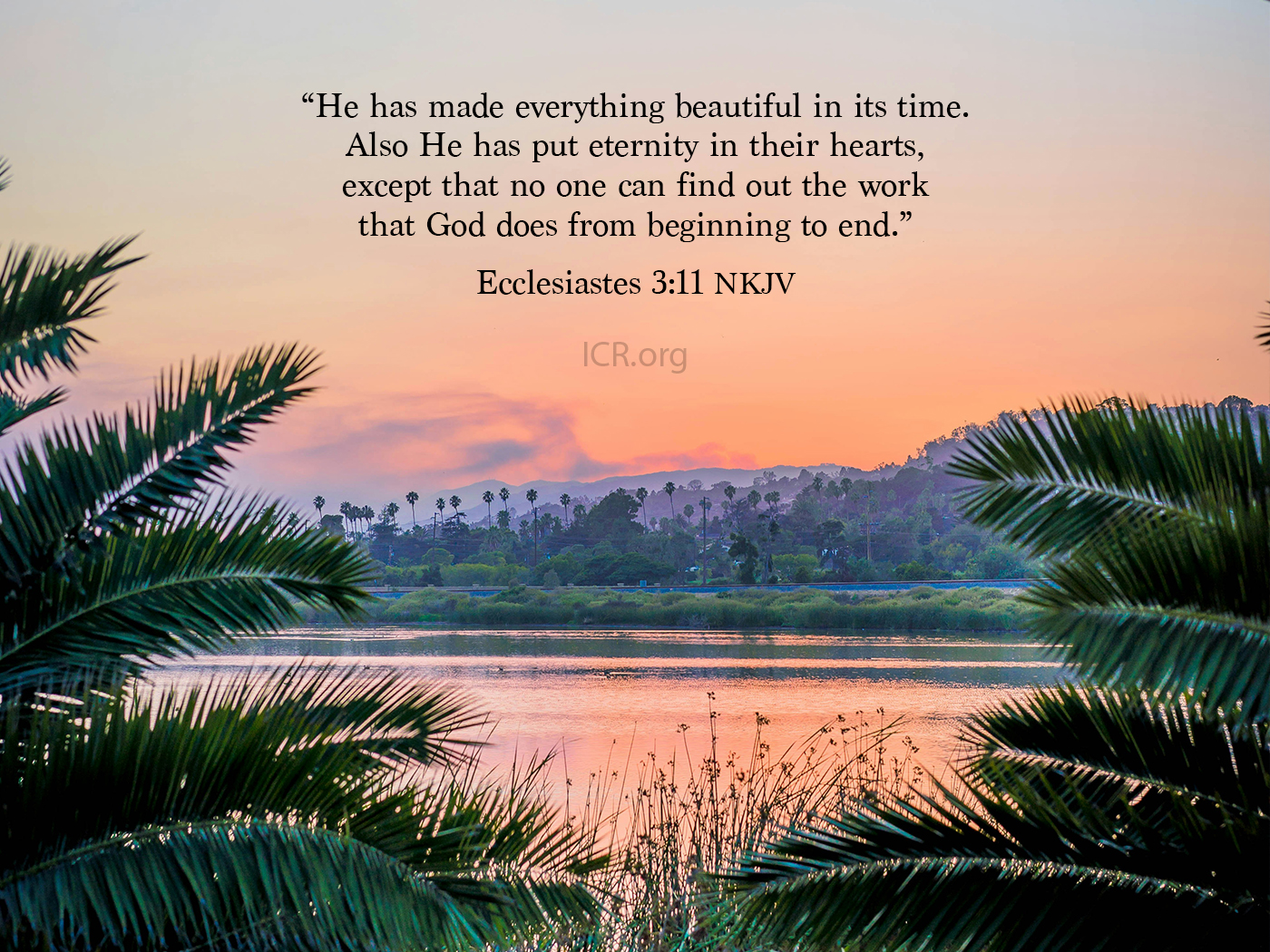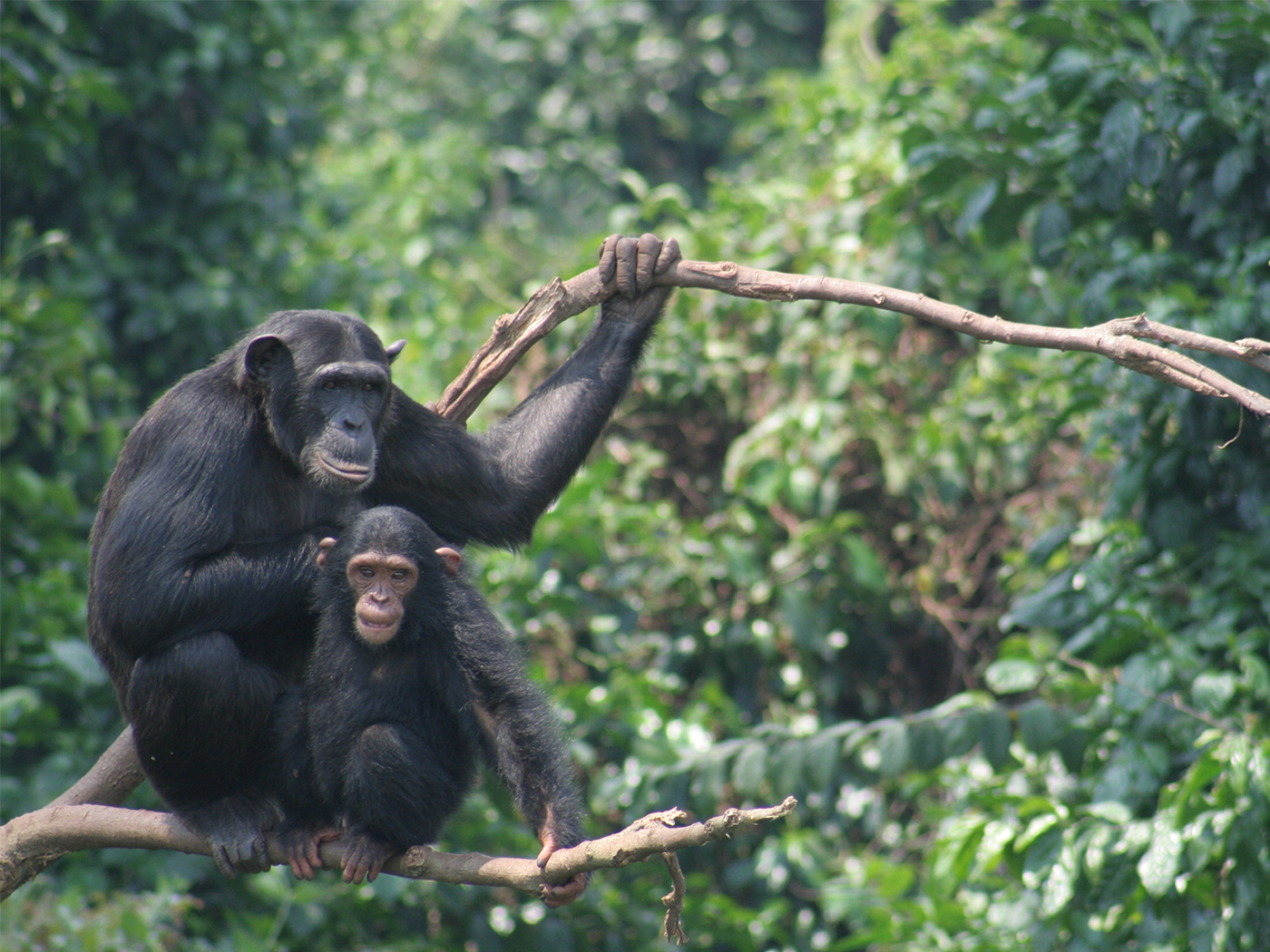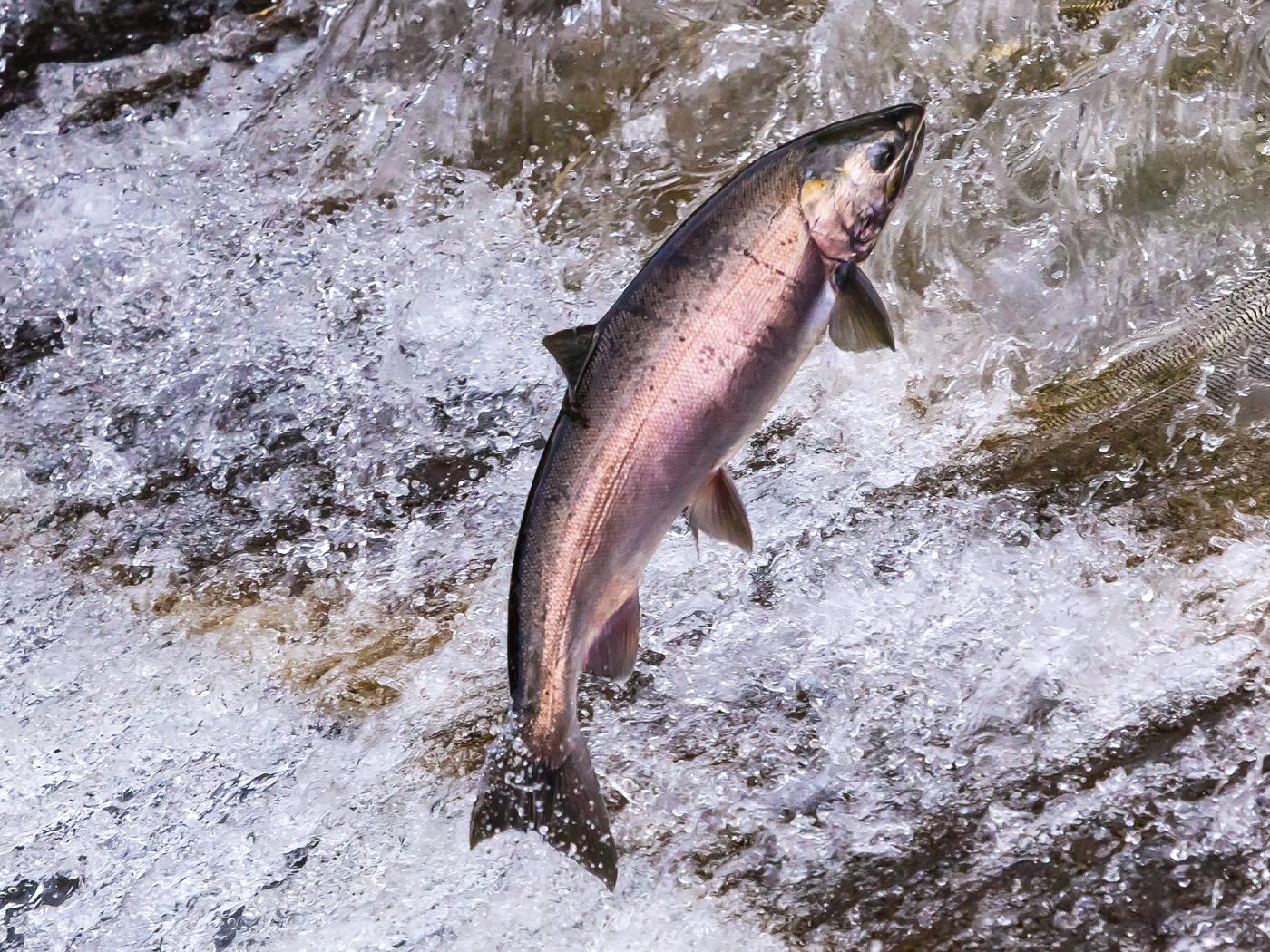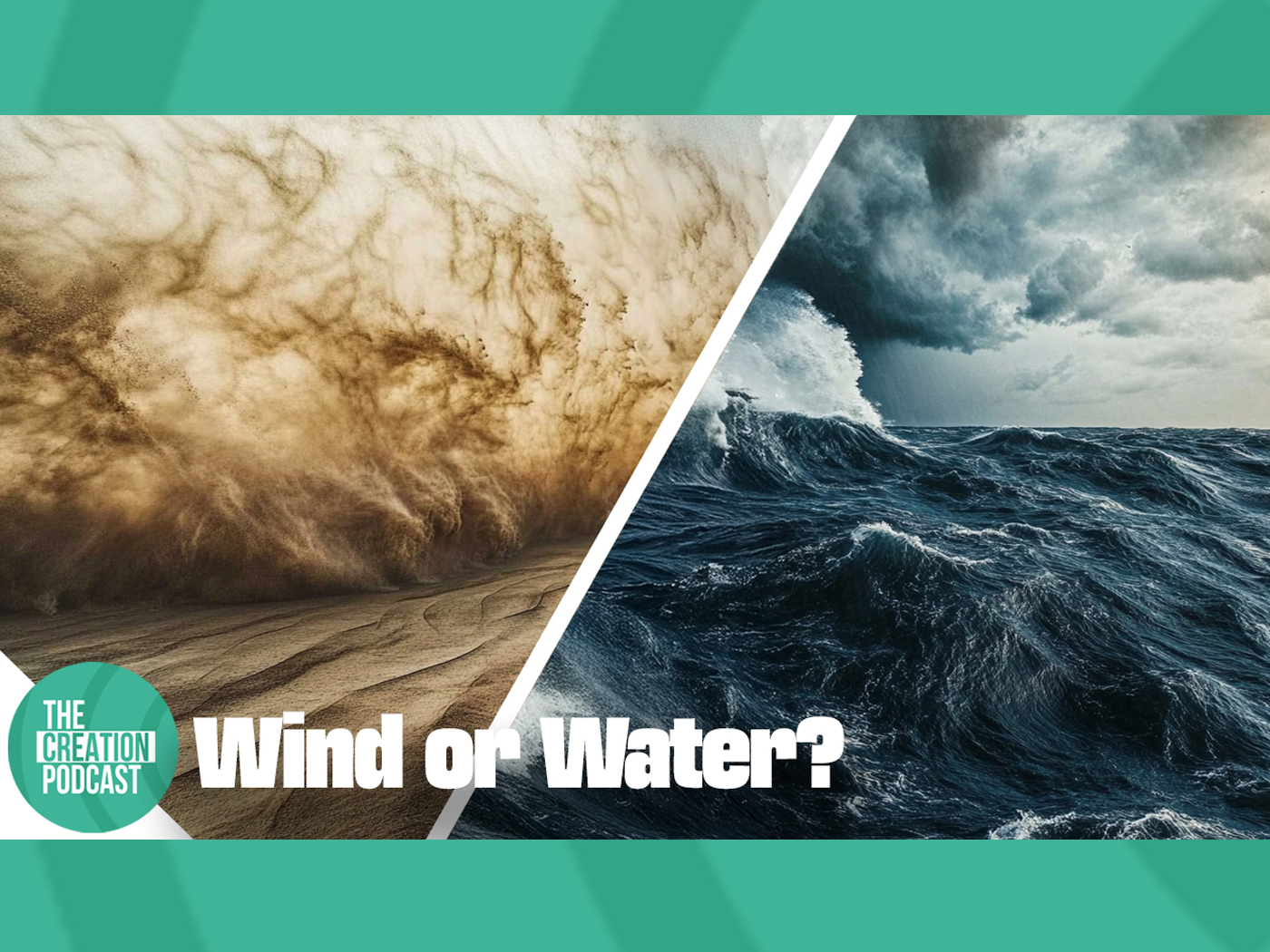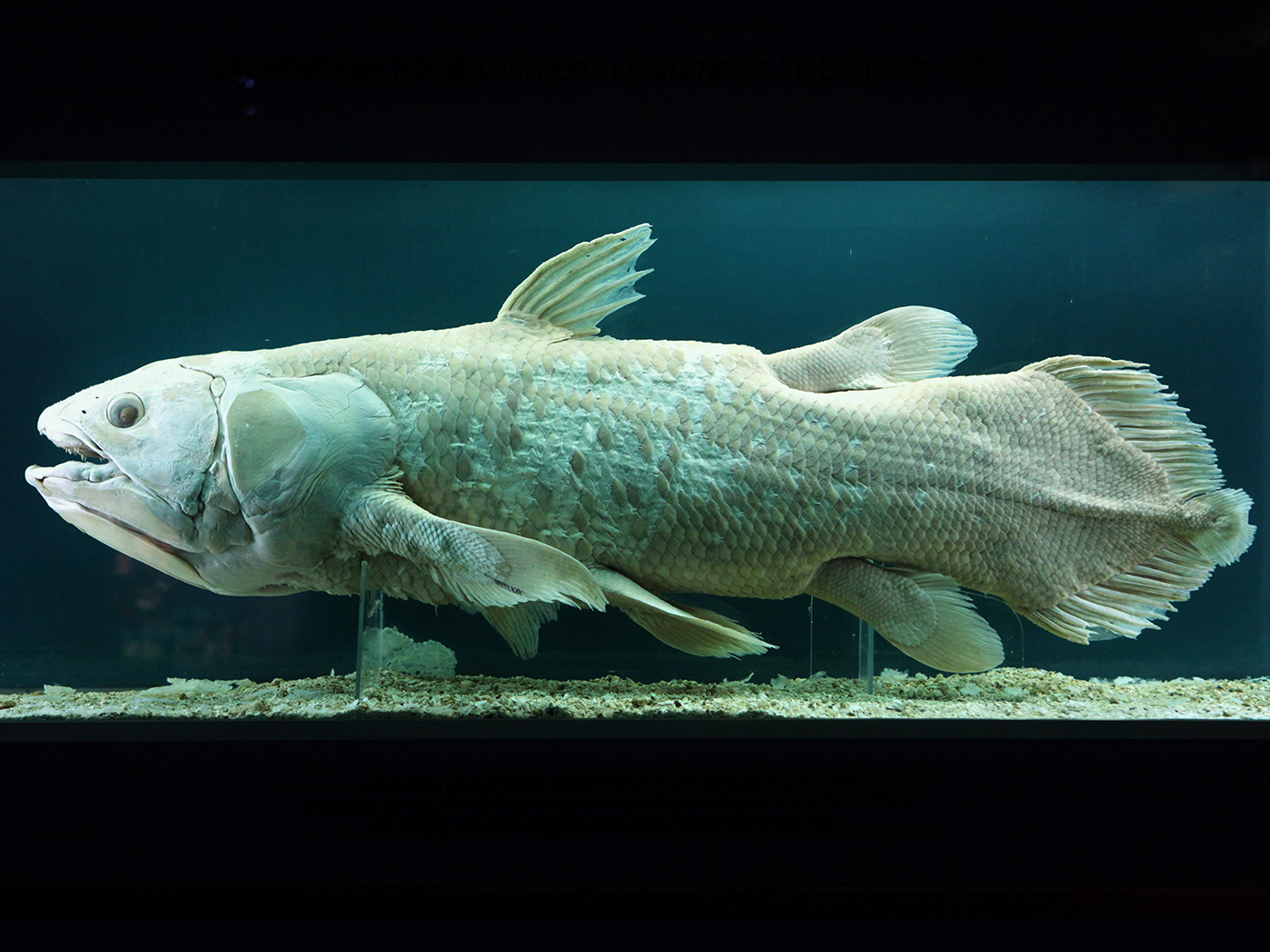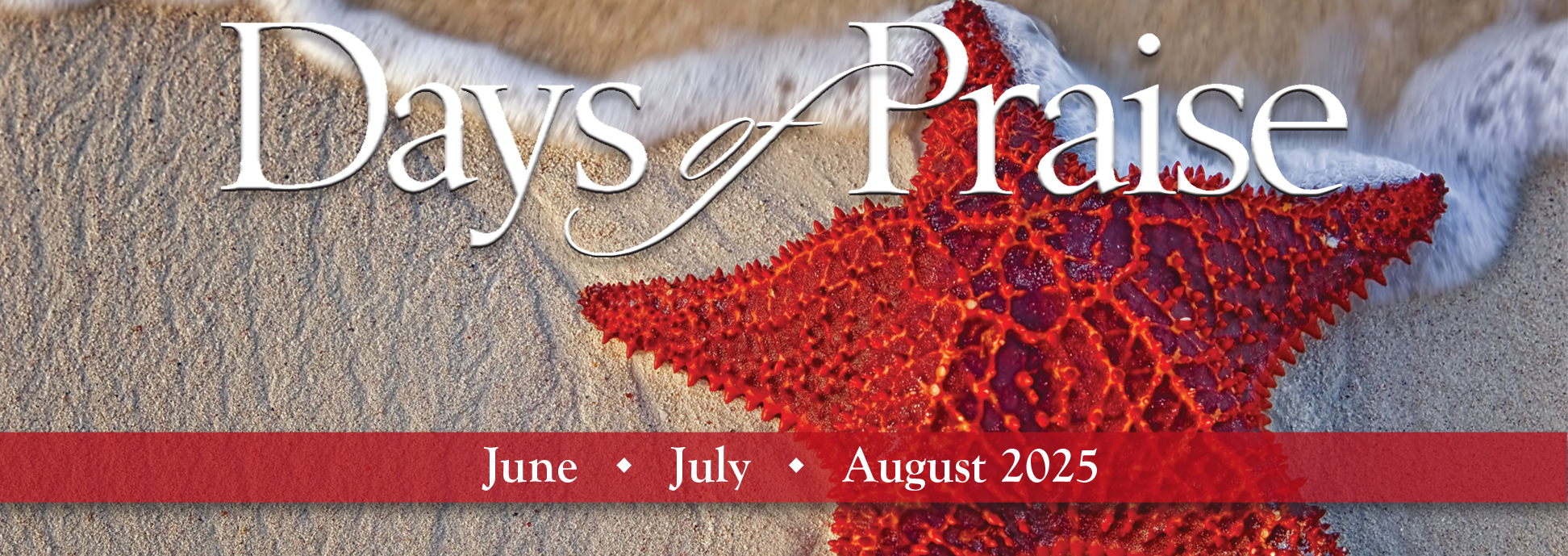by Timothy L. Clarey, Ph.D., Steven A. Austin, Ph.D., Stephen Cheung, B.Sc., and Raymond Strom, Ch.T.
In M. Horstemeyer, ed., 2013, Proceedings of the Seventh International Conference on Creationism, Pittsburgh, PA: Creation Science Fellowship. Visit the ICC at www.creationicc.org.
Abstract
Superfaults often exhibit an unusual rock called pseudotachylyte, and together these two features are critical to our understanding of catastrophic tectonics. Superfaults are rapid-moving, single-slip displacement surfaces involving very large offsets with the moving-block side of the fault being unconfined or unpinned during rapid gravity offset. Pseudotachylyte is the dark-colored, metamorphic silicate glass formed by frictional melting upon the superfault surface at temperature exceeding 1000oC, and often displaying distinctive isotropic or cryptocrystalline optical properties. Pseudotachylyte is understood to be evidence of high-speed rock movement during superquakes, where displacements occurred much faster than during modern magnitude 9 earthquakes. Superfaults, pseudotachylyte and superquakes are interpreted as support for global catastrophic tectonic activity. Hand specimens and field data were collected from Homestake Shear Zone in central Colorado, and from the Pasagshak Thrust, Kodiak Island, Alaska. Thin-section analysis shows the presence of glass melt and/or aphanitic black rocks containing pseudotachylyte, and the development of numerous pressure solution surfaces within cataclasite rocks. Cross-cutting relationships support repeated episodes of fault movement and subsequent melt development at both sites. Data gathered from the Homestake Shear Zone supports rapid catastrophic Earth movements during the formation of the North American continent on Day 3 of the Creation Week. Evidence from the Pasagshak Thrust supports the subduction model of catastrophic plate tectonics, with the fault being active during and after Noah’s Flood. Proceedings of the Seventh International Conference on Creationism. Pittsburgh, PA: Creation Science Fellowship
Keywords
Superfault, pseudotachylyte, cataclasite, black fault rock, subduction, catastrophic plate tectonics, supercritical fluid
For Full Text
Please see the Download PDF link above for the entire article.




